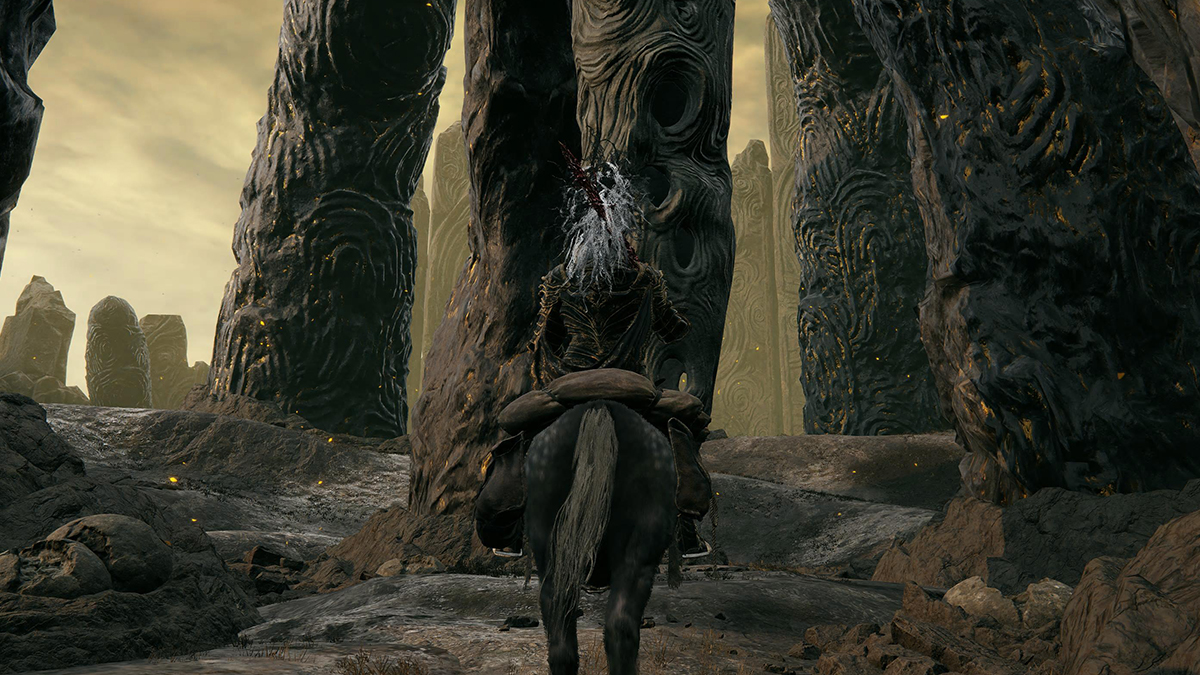Efforts to breed ideal genes that can have detrimental effects on plants have been limited by the classical principles of Mendelian inheritance and Darwinian natural selection, the team from the Chinese Academy of Sciences and Peking University explained in their article.
Mendelian inheritance is a principle that describes how genetic traits are passed from one generation to the next. It states that the two alleles contained in a single gene each have a 50 percent chance of being passed on to offspring through reproduction.
“Synthetic gene drives inspired by natural, selfish genetic elements and passed on to offspring at supra-Mendelian frequencies (greater than 50 percent) offer the transformative potential for spreading traits that benefit humans in wild populations, even at the potential cost of fitness,” the team said.
A gene drive is a method of genetic engineering that allows genes to be modified so that they no longer follow the usual rules of inheritance. This increases the likelihood that a certain group of genes will be passed on to the next generation and spread throughout a population.
The synthetic “toxin” – in this case a guide RNA-Cas9 cassette – was used to destroy the No Pollen Germination 1 (NPG1) gene, which limits pollen germination. A CRISPR-resistant “counter” copy of NPG1 is then used to rescue pollen cells carrying the desired gene drive.
To track the progress of the gene drive, a red fluorescent seed marker was added to CAIN.
“CAIN transmission rates far exceeded the expected Mendelian inheritance rate of 50 percent in heterozygous male parents, reaching 88 to 99 percent within two consecutive generations,” the team wrote.
“We have established CAIN as a state-of-the-art tool for efficiently modifying entire plant populations.”
CAIN has advantages over other gene drive systems that can evolve a higher number of resistance alleles that limit their effectiveness. Compared to other systems, the team said, they also chose to target the male germline rather than the female, because toxin-antidote gene drives that target the female germline can impair fertility and limit efficiency.
CAIN could be used on a wide range of plants because NPG1 is conserved in many species. One possible application of the system, according to the researchers, would be to target herbicide-resistant genes in weeds to reduce the need for excessive herbicide spraying.
“This gene drive-based approach therefore attempts to balance crop protection and environmental considerations to minimize biodiversity loss while optimizing productivity,” the researchers write.
The team acknowledged that even if gene drive technologies are biosafe and self-containment strategies are implemented, these strategies “may not be feasible in the event of intentional misuse of gene drive technology targeting domestic crops or wild plants.”
One method to protect against misuse “could be the deliberate creation and, if necessary, release of suppressor lines. Editing the native NPG1 allele to resist Cas9 cleavage is a particularly simple and efficient method,” the team said.
“As we venture into this new frontier of genetic engineering, (CAIN) and other gene drive systems could reshape ecological management and agricultural practices.”


.jpg?itok=t8OJmsoF)



